The original WASZP rudder SUCKED!
We began the process of redesigning the WASZP over four years ago. Initially, our goal was to create a high-performance version of the WASZP by upgrading components like the sail, foils, and other parts to enhance performance at the lowest possible disruption point for the class. We are committed to this evolution of the class to help the WASZP remain relevant and industry leading for generations to come.
We compiled a list of potential upgrades and set about testing each one:
- Bowsprit
- Adjustable wand length
- Adjustable gearing
- Gantry fairing
- Sail battens
- New sail
- New front foil
- New rear foil
Please see the addendum for the results of this testing FOUND HERE
New WASZP Rudder
While many of these upgrades were beneficial, the rudder consistently stood out. The transformation it brought was remarkable, leading us to focus on upgrading the current WASZP rather than creating a completely new boat.
We experimented with Mach2 foils from various eras, as well as foils from other Moths and foiling boats. Initially, we considered using carbon foils, but we persevered in finding alloy solutions that could be retracted like the current foils while maintaining efficiency. Eventually, we developed a solution that we are now fully committed to.
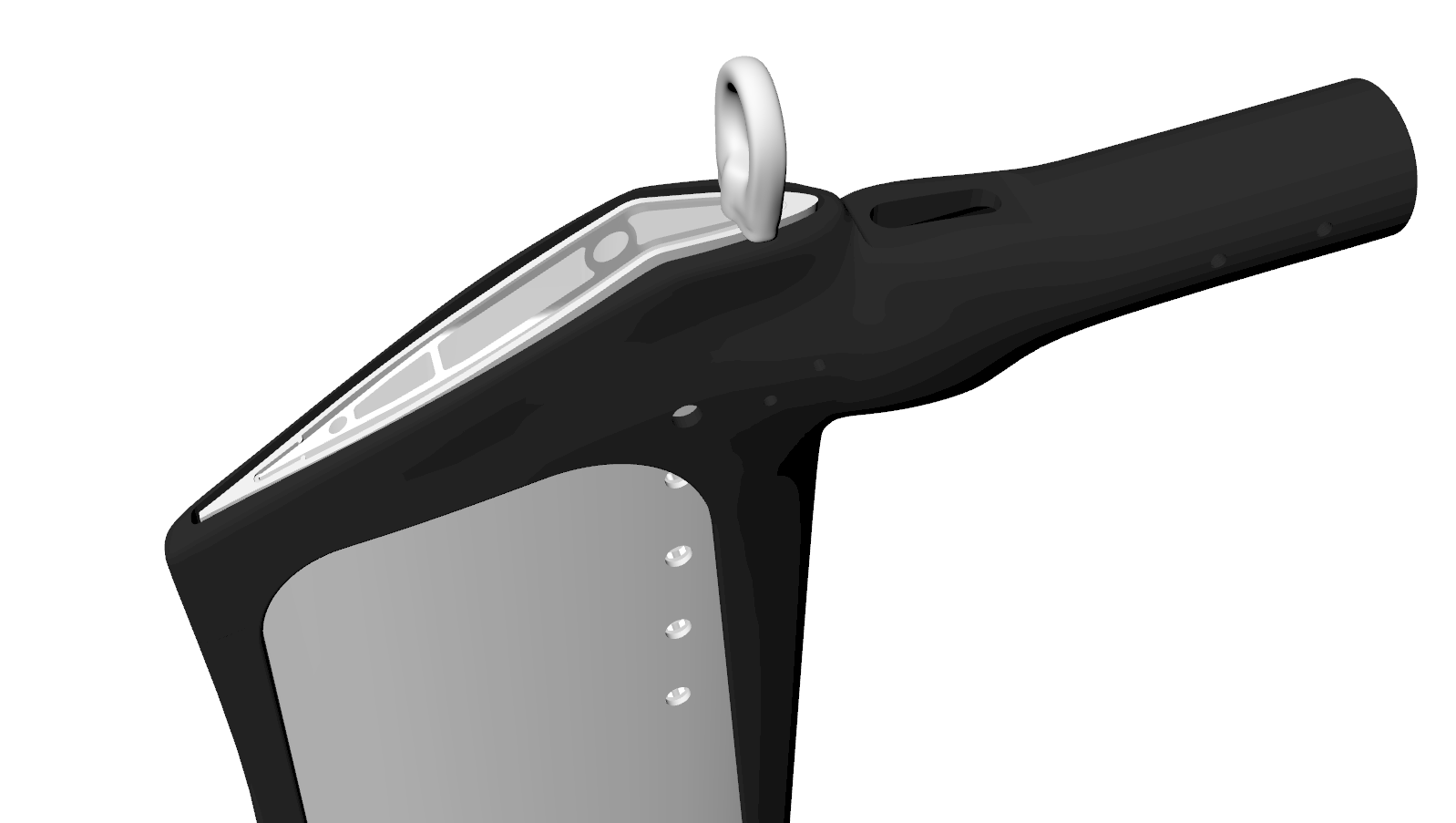
Section fits into current rudder box.
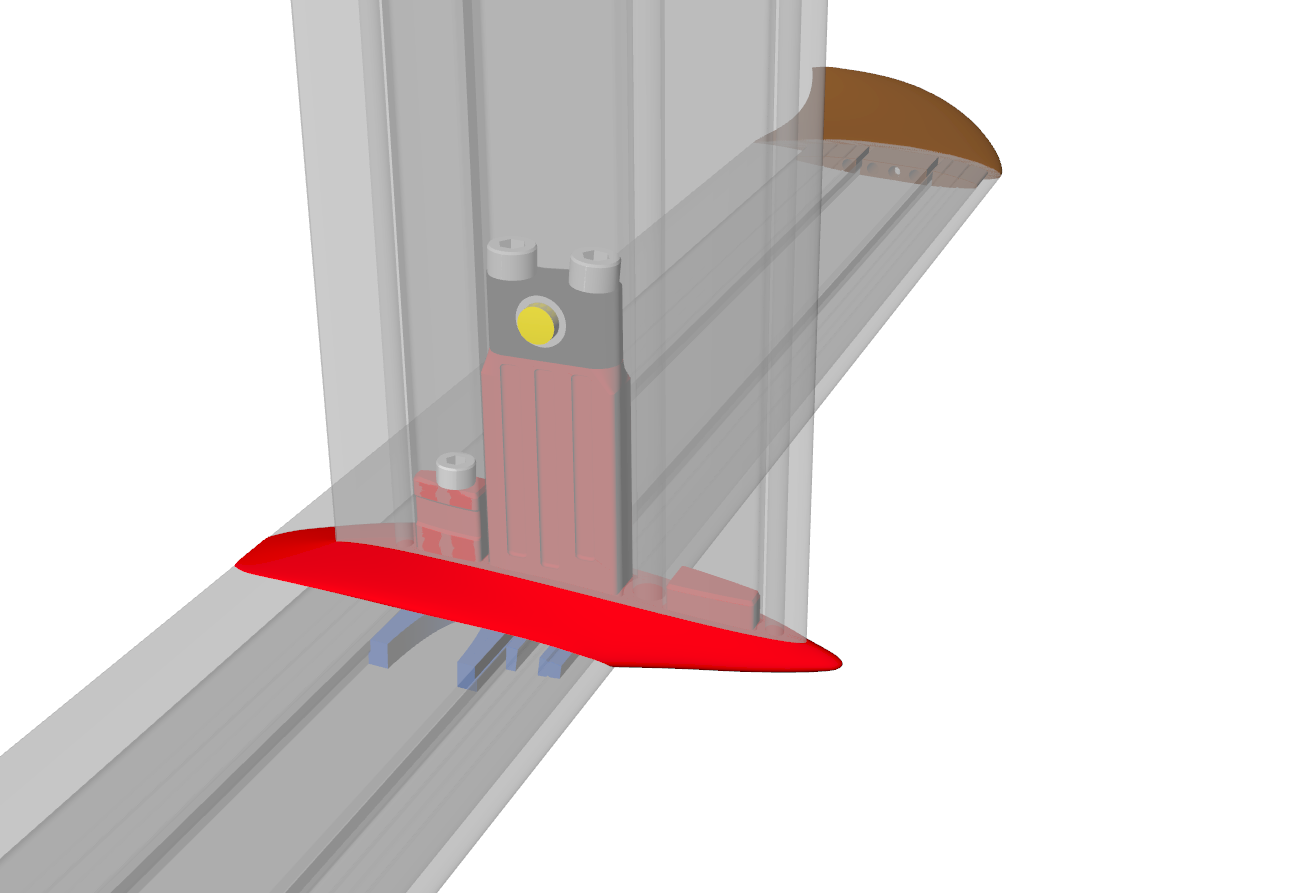
Transparent view of the new horizontal clip and bulb.
Design features:
This solution is the best-case scenario we hoped for:
- It fits seamlessly into the current rudder box.
- It is entirely made of aluminium and plastic, as before.
- The rudder horizontal clips onto the vertical.
- The vertical is stiff but has a very small section below the waterline.
- It retracts fully like the current rudder.
- Most importantly, it performs as well as our best carbon prototype:
- The ventilation problem is resolved or easily managed.
- The boat can be sailed more aggressively with the nose down without losing traction.
- The boat is significantly faster, with downwind VMG in light winds dramatically increased, possibly doubled.
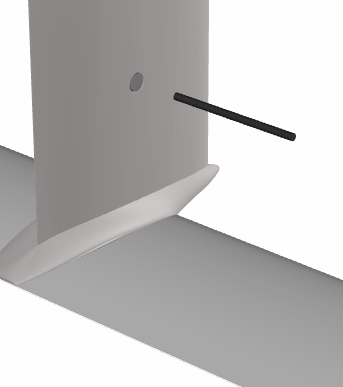
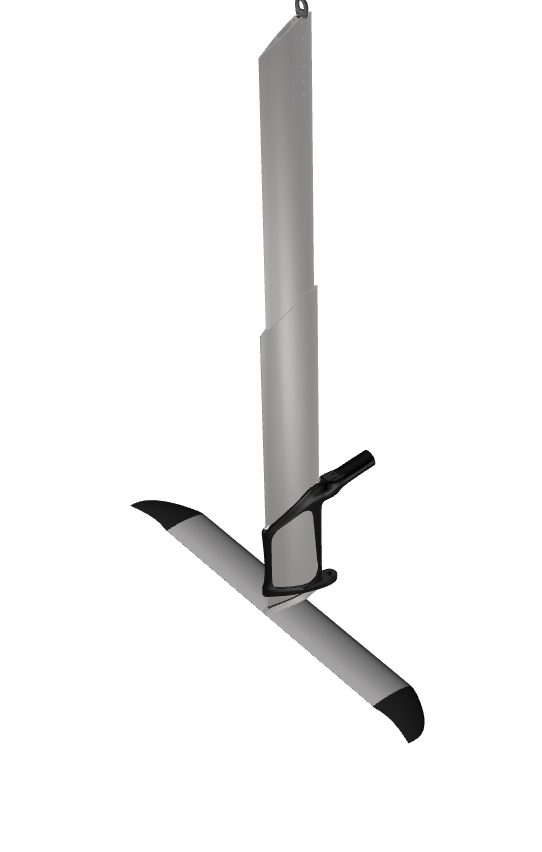
We have maintained the ability to retract the rudder in the current rudder box.
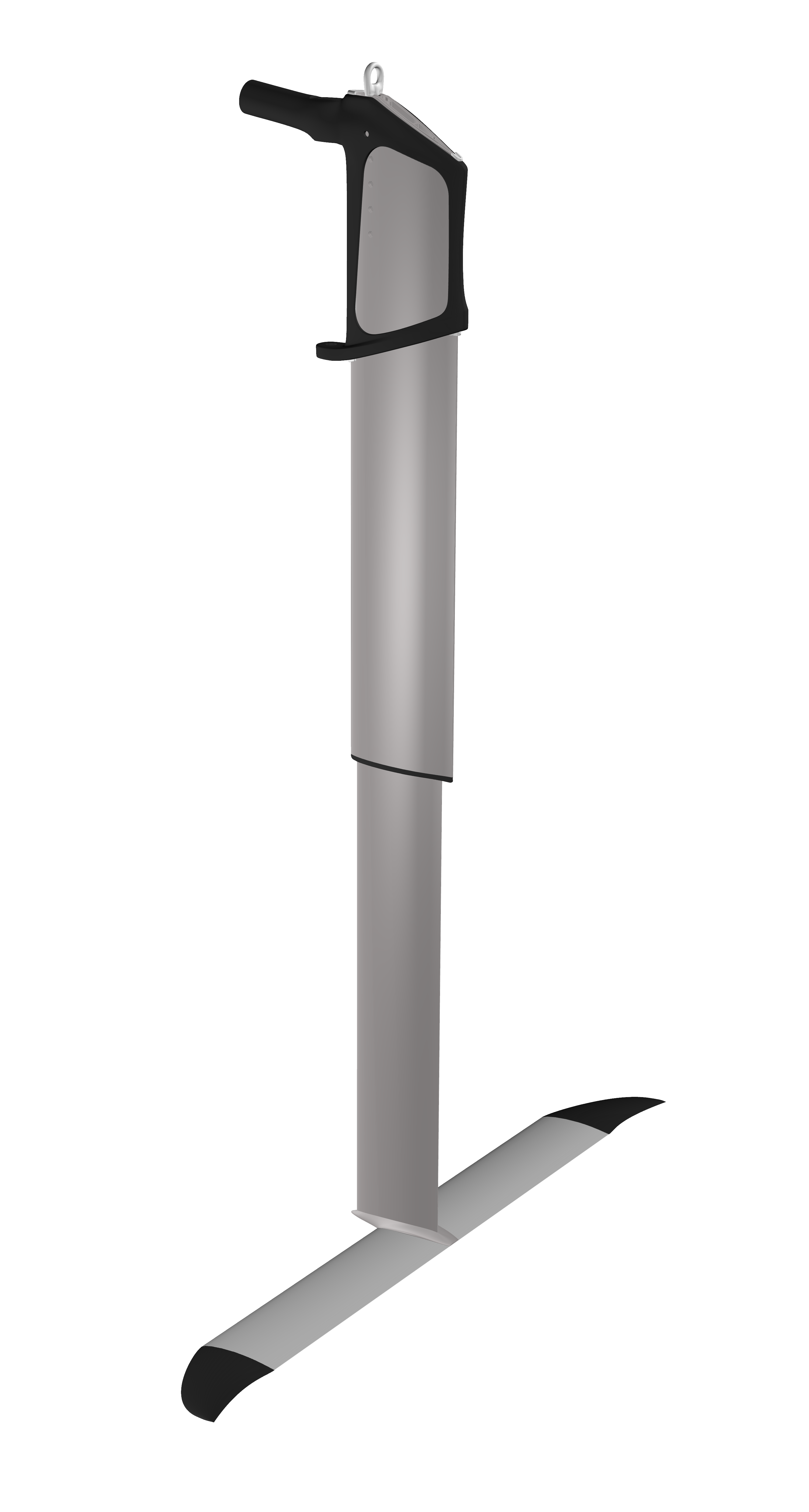
The foil replicates our best molded carbon foil in aluminium, delivering a game-changing improvement in efficiency while controlling costs.
Video of Sam Street sailing with the new rudder
Sailor Testimonials
SAM STREET - 2 x International WASZP Games Champion
“The balance of the boat has changed quite significantly with more lift being able to be put into the rudder without the risk of ventilation. This has made the boat significantly faster upwind. There is a much bigger speed difference between a high and low mode upwind from the previous rudder where there was only really a high mode. The smaller rudder section has changed manoeuvres dramatically. Down range conditions the boat stays at speed and accelerates much easier. Up range the tacks will make you be a lot more precise on heel trim and turn rate. Up range gybes the boat feels to have more glide time and accelerates from tack to tack with ease.
I reckon upwind target speeds will be between 15-17 knots in 12-14knots of wind speed. I couldn’t be more impressed, it is a genuine game changer”
GAVIN BALL - SailGP Season 3 Inspire Champion
“Yes, it’s faster, but the most noticeable improvements are in the ability to take off much easier in lighter wind speeds and glide significantly longer through maneuvers. The new rudder brings characteristics I’m excited to see in racing. Not only have prevalent rudder ventilations been eliminated, but there’s also a plethora of different modes to explore and exploit on the racecourse. With the new rudder, the boat is faster, more consistent, and easier to maneuver.”
MARTIN EVANS - Global Class Manager, Apprentice Sailor & Family Man
“Yes, it’s faster, but the most noticeable improvements are in the ability to take off much easier in lighter wind speeds and glide significantly longer through maneuvers. The new rudder brings characteristics I’m excited to see in racing. Not only have prevalent rudder ventilations been eliminated, but there’s also a plethora of different modes to explore and exploit on the racecourse. With the new rudder, the boat is faster, more consistent, and easier to maneuver.”
MANU GUEDON - Super Master & WASZP France
“Norway was the perfect place to test the new rudder foil—flat water and few WASZP around. The new vertical foil, with its sleek design and clipping system for the horizontal foil, will definitely make boat transport easier. On the water, the first impression is that you can now sail bow down, much faster, with no ventilation on the rudder. ‘Higher and faster’ seems to perfectly describe the upwind performance of this new foil. The boat feels much lighter on the foil, with less drag, and gets up on the foil earlier, making the WASZP faster even in low riding mode.”
It’s now time to bear away, with some WASZP around, as upwind the boat feels light and with more maneuverability, it’s very easy to get a good VMG downwind.
The WASZP feel so different with this new foil, light, fast, with no ventilation… this is definitely new start for the WASZP fleet !!!!”
Areas of Review – Addendum
Why each modification was rejected.
Bowsprit
We abandoned this project early as we did not find a way of implementing it without significant modifications to the boat. Early testing showed gains but nothing groundbreaking.
Adjustable wand length
Without a tube running through the boat (which we did try, but not the solution we wanted), the adjustable wand that could be changed while sailing turned out to be messy. We also tried one that you could adjust when stopped at the front of the boat. This is a simple modification that we may look at later.
Adjustable gearing
Messy with not enough gain.
Gantry fairing
It’s quite nice but not a game-changer. It would need much more work to make it simple and well integrated with the boat.
Sail battens
All the changes we tried had some negatives. We decided that the current battens were quite good all round.
New sail
A fairly expensive changeover option. The 8.2 sails we tested had good promise but not enough to justify the cost of change.
New front foil
The prototypes we tried were certainly quicker than the current foil, but some people we put on the boat to test found they liked the standard foil better. This was enough for us not to go down that path at this stage, as it was quite an expensive change.
New rear foil
There are just no negatives with this; everyone who tried it loved it – it’s a game changer. There was no question that this was what we had to concentrate on.

